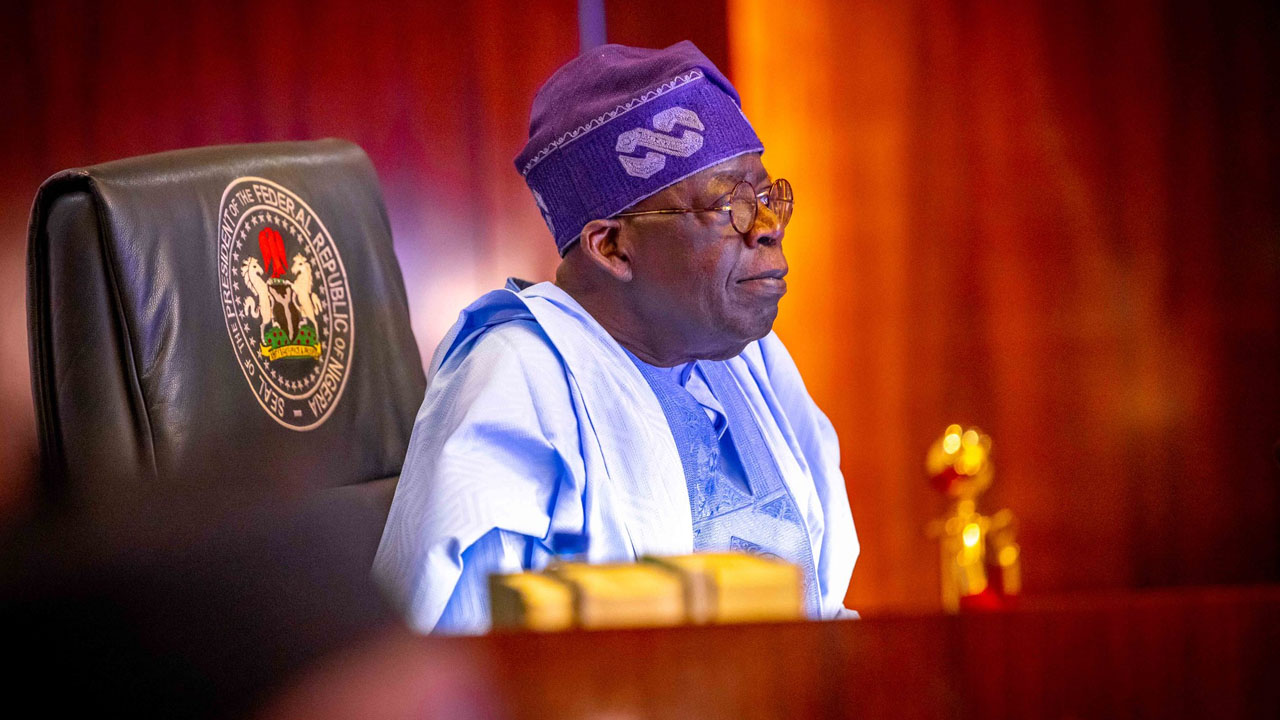

Tinubu to receive draft bill proposing regional govt system today
…Afenifere chieftain unveils proposal for 8-region Nigeria, interim boundaries
…Coalition advocates new constitution in Nigeria’s Governance overhaul blueprint
…Union proposes retaining 36 States as provinces with reduced powers
By Sodiq Adelakun
President Bola Tinubu is set to receive a draft bill today that seeks to reintroduce a regional system of government in Nigeria.
The proposed legislation, titled ‘A Bill for an Act to substitute the annexure to Decree 24 of 1999 with New Governance Model for the Federal Republic of Nigeria,’ was authored by Akin Fapohunda, a chieftain of the Yoruba socio-cultural association, Afenifere.
The bill aims to establish a new governance model for Nigeria, which would involve a return to a regional system of government. If passed, the new laws would be cited as “The Constitution of the Federal Republic of Nigeria New Governance Model for Nigeria Act 2024.”
Akin Fapohunda, the author of the draft bill proposing a return to a regional government system in Nigeria, has announced that the bill will be transmitted to President Bola Tinubu on Friday.
Recall that this comes despite the House of Representatives’ earlier disownment of the bill, with its spokesman, Akin Rotimi, and the Chairman of the Committee on Rules and Business, stating that it had not been listed for deliberation in the ongoing review of the 1999 Constitution.
“I’m submitting my letter (draft bill) today but I will wait for seven days before releasing it to the public,” he said
Also, Akin Fapohunda, representing the Coalition of Indigenous Ethnic Nationalities, has unveiled a proposal to divide the country into eight distinct geo-political regions, complete with interim boundaries.
Speaking to journalists, Fapohunda outlined the envisioned regions, with the southern region encompassing Akwa-Ibom, Bayelsa, and Cross Rivers States, along with other ethnic communities.
The South Eastern region is slated to include Abia, Anambra, Ebonyi, Enugu, and Imo States, while the Western region would comprise Lagos, Ogun, Ondo, Osun, Oyo, and Ekiti States, with additional inclusion of Yoruba-speaking populations in neighbouring regions.
The Mid-Western Region would be composed of Edo and Delta States, potentially incorporating the Anioma people, while the Eastern Middle Belt Region would encompass several northern and central states.
The Western Middle Belt Region comprises Southern Kebbi, parts of Kwara and Niger States while the North Eastern Region will be made up of parts of Borno, Gombe, Bauchi, Jigawa, and Yobe States.
The North Western Region, according to the Afenifere chieftain, comprises Kaduna, parts of Kebbi, Kano, Katsina, Sokoto and Zamfara States.
Fapohunda said the coalition envisaged a two-tier government, federal and regions, adding that the latter would be at liberty to manage her affairs, “including the creation of sub-entities, based on the stipulations that are agreed upon and embedded in their respective constitutions.”
In its proposed governance stipulations, CIEN stated that “In the quest for re-configuration and downsizing, an option to consider might be to retain the present boundaries of the 36 States, as would have been adjusted, but to creatively downgrade the paraphernalia of political administration as follows:
“To introduce a new regional government framework with executive and legislative functions and bodies with the headship title of Premier.
“In the new dispensation, the present States (for example the six in the Western region) would be converted to provinces. Governance at this level shall be by Provincial Councils that integrate executive and legislative functions, with Chairman and Support Specialist Administrative Officers. The regions shall be at liberty to create provinces, subject to viability and self-sustainability.
“The present Local Government Areas are to be transformed into divisions, with divisional managers and specialist administrative officers; to operate as socio-economic development institutions. The new provinces shall also be at liberty to create divisions, subject to viability and self-sustainability.”
In the same vein, the Coalition of Indigenous Ethnic Nationalities has put forward a proposal for a new constitution, emphasising regional autonomy and decentralisation of federal power.
Among the key novelties outlined in the proposal is the freedom granted to regions to create, merge, or reconfigure their sub-political units without external interference, fostering a tailored governance approach to suit local circumstances.
The coalition envisions a streamlined public administration, with regions aiming to reduce the cost of civil service to a fraction of generated revenue.
Central to the proposed constitutional framework is the establishment of a unicameral federal legislature, wherein members are elected directly by their respective regions to represent their interests in the national capital, Abuja.
Furthermore, the coalition advocates for a leaner federal government, proposing a maximum of nine ministries and ministers, drawing parallels with the streamlined cabinet of the United States.
The return to a parliamentary mode of government, with built-in statutory rotation of regional leadership, is also highlighted as a crucial element in ensuring equitable representation and governance across the country.
“Regions and sub-regional entities are to be reconfigured such as would reduce the cost of public and civil service administration to less than 20 to 30 percent of generated revenue.
“In drafting their Constitutions, the peoples of the respective regional territories will take a cue and also dismantle any arrangement or configuration that will favour the politicians and the political class; with a focus on freeing resources for true development.
“A uni-camera federal legislature comprising members that are elected at the discretion of the regions for which they would be representatives at Abuja.
“Decentralisation of federal power in favour of not more than 10 regions on which there is a general national consensus, rather than the presently unwieldy number of 36 States. These old States are inconsequential indeed in being a viable unit of a truly federal system of government.”




